blog
20th Anniversary Issue: Kamil Śleszyński
As part of F-Stop Magazine’s 20th anniversary celebration we invited past featured photographers to share with us some thoughts and reflections. We asked each photographer to consider how their photographic work has changed over time, how the changes in photography over the past 20 years may have affected or influenced that change, and to share what they are up to most recently.
By Kamil Śleszyński
https://kamilsleszynski.com

From the project Wolka ©Kamil Śleszyński
I never felt like a photographer. Maybe it was because I lacked the qualities needed in the work of a photographer. Or maybe from the idea of what a photographer’s work should look like.
At the beginning of my journey, I was fascinated by documentary photography. But I didn’t want to go the easy way. It was 2013, digital cameras were commonplace, but I decided to work with a 4×5 inch camera. Against the trends. I bought an old Graflex because it was the only camera I could afford. I had no idea how to take pictures with such equipment, but I learned quickly. In practice. Because not only did I choose a difficult tool, but I was also going to take pictures with it in prison.
The Wolka project was born in my head a long time ago. It had its source in 2002, when a man who had left prison after a 25-year sentence joined me on the night train. His story was so powerful that it stayed in my mind for years. At that time, I did not have the tools and skills to tell this story. The possibility of entering the prison appeared in 2014. It was then that I met the director Darek Szada-Borzyszkowski, who was working with the inmates on a theater play. Darek helped me contact the prison authorities and I started working on my first documentary project.
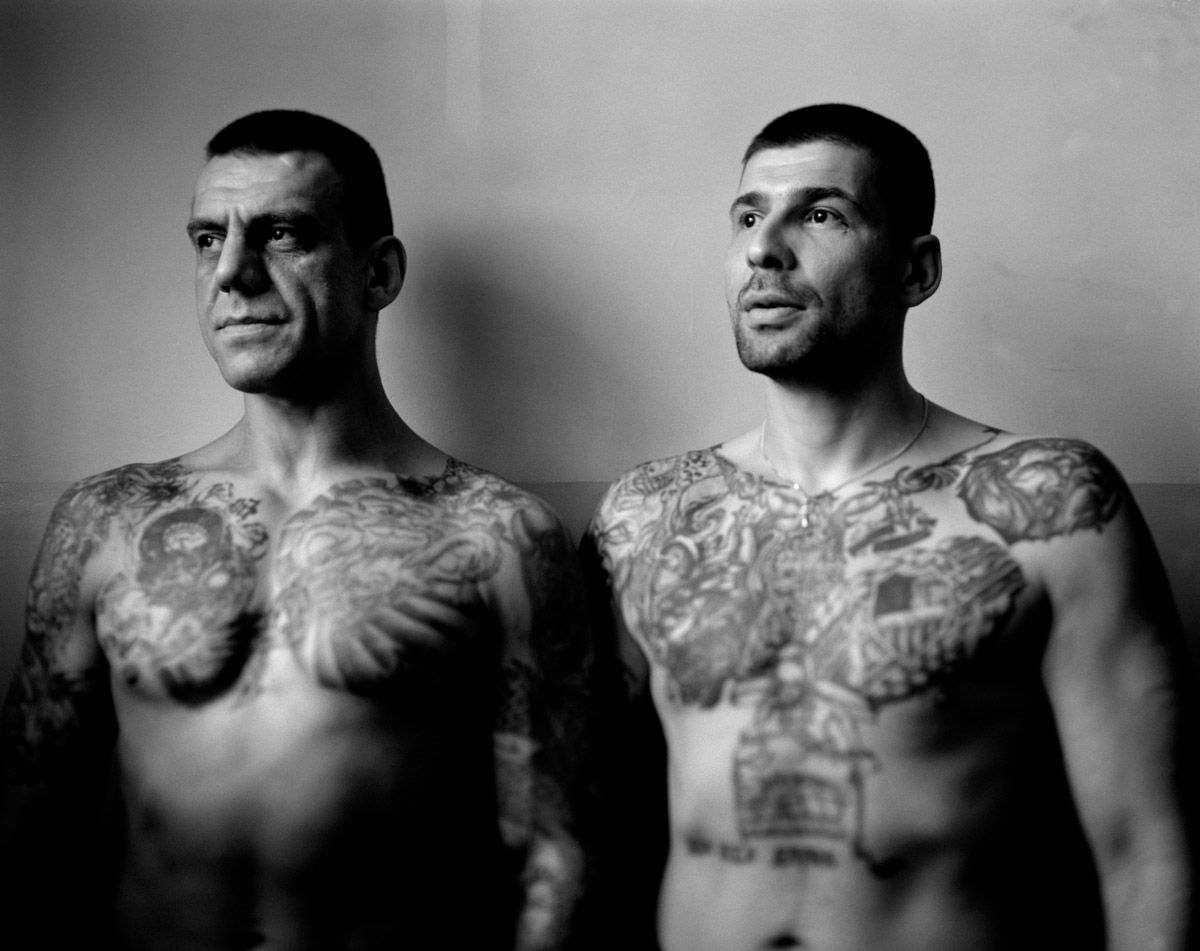
From the series Wolka ©Kamil Śleszyński
The beginnings in the prison were very hard. None of the inmates wanted to talk to me, and taking pictures seemed impossible. But I didn’t give up. Every week I would come and talk to the inmates. I gained confidence in dealing with them. One day, when I arrived at the prison, the first inmate agreed to let me take a picture of him. I dealt with the prison topic until 2019.
When my first son was about to be born, I stopped taking pictures. This decision resulted from the problems posed by the threatened pregnancy and the struggle to maintain it. At that time, I limited myself to only occasionally photographing my wife, and later also my son.

From the project Prologue ©Kamil Śleszyński
In the evenings I was learning from YouTube how to sew books by hand. It reduced stress and allowed me to focus. Through trial and error, I managed to make something like a photo album into which I started to paste photos from the everyday life of our new family. When my wife saw what I was doing, she brought me a handful of written calendar pages and tissues. On them, she was writing her thoughts and feelings that accompanied her during the high-risk pregnancy and immediately after the birth of our son. I added these lyrics to an album I made. Together with the photos, they created an inseparable whole. This is how the first version of the book entitled Prologue was created.
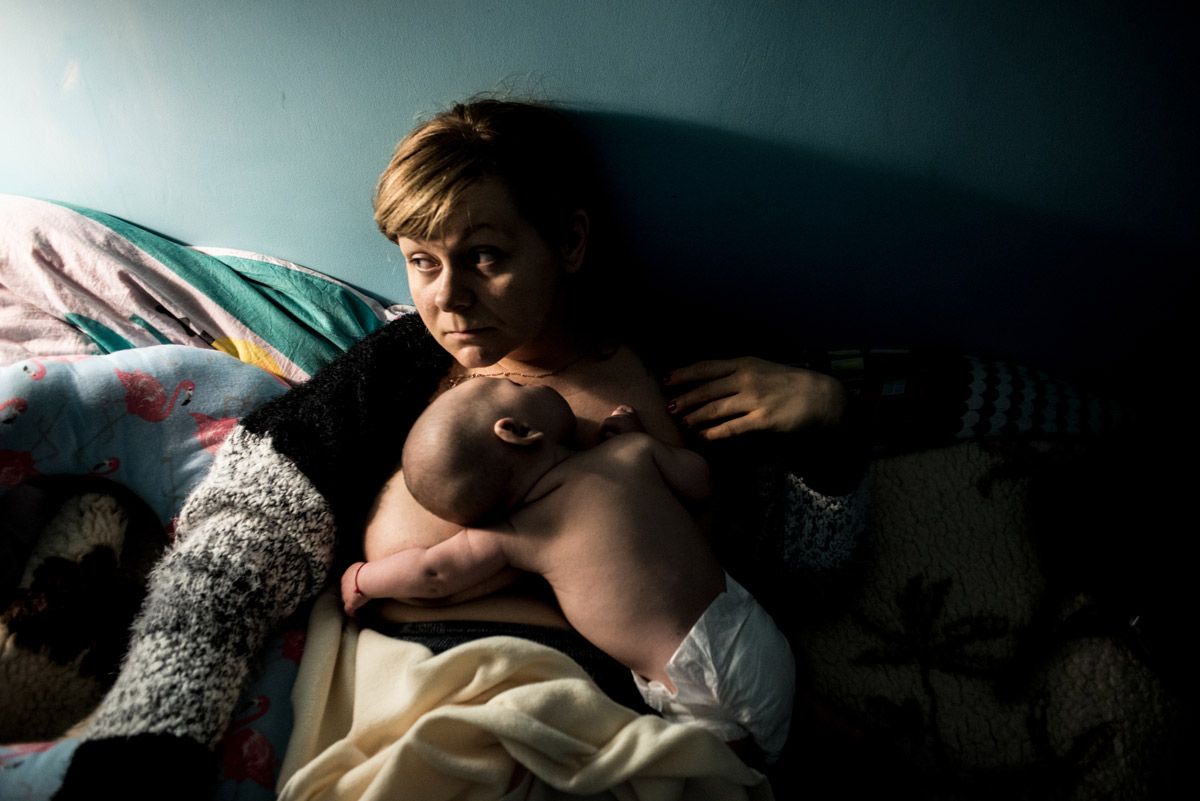
From the project Prologue ©Kamil Śleszyński
The birth of my second son and then the pandemic period were conducive to working on family topics.
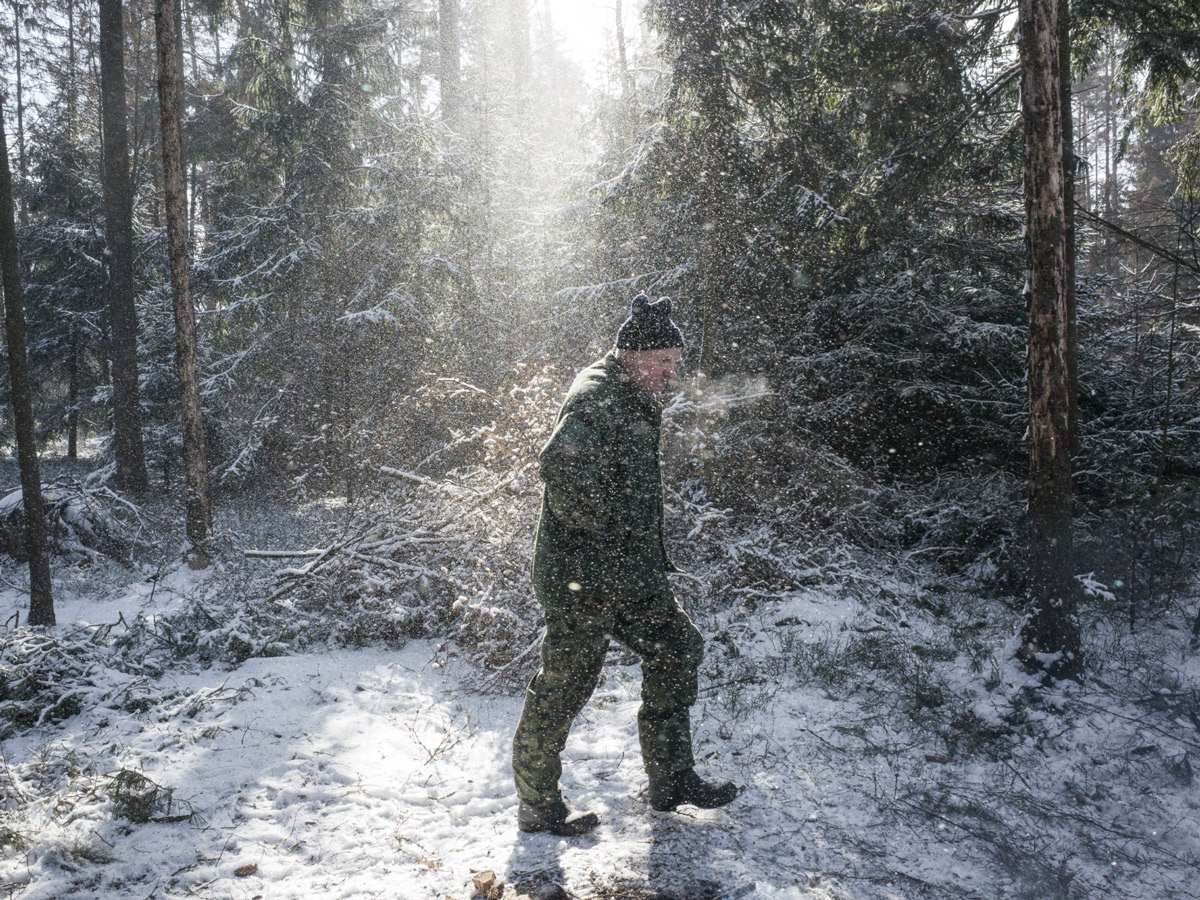
From the project Terminal ballistics @Kamil Śleszyński
Terminal ballistics speaks to modern hunting techniques. About what happens right after you pull the trigger. How an animal’s body behaves when shot. But there is also a second bottom. This project is really about my hunting father. About how I accompanied him in hunting as an observer. Because my father never forgave me for not becoming a hunter either. And he wanted to build our relationship in this field. This project was an attempt to build a relationship with my father on my own terms.
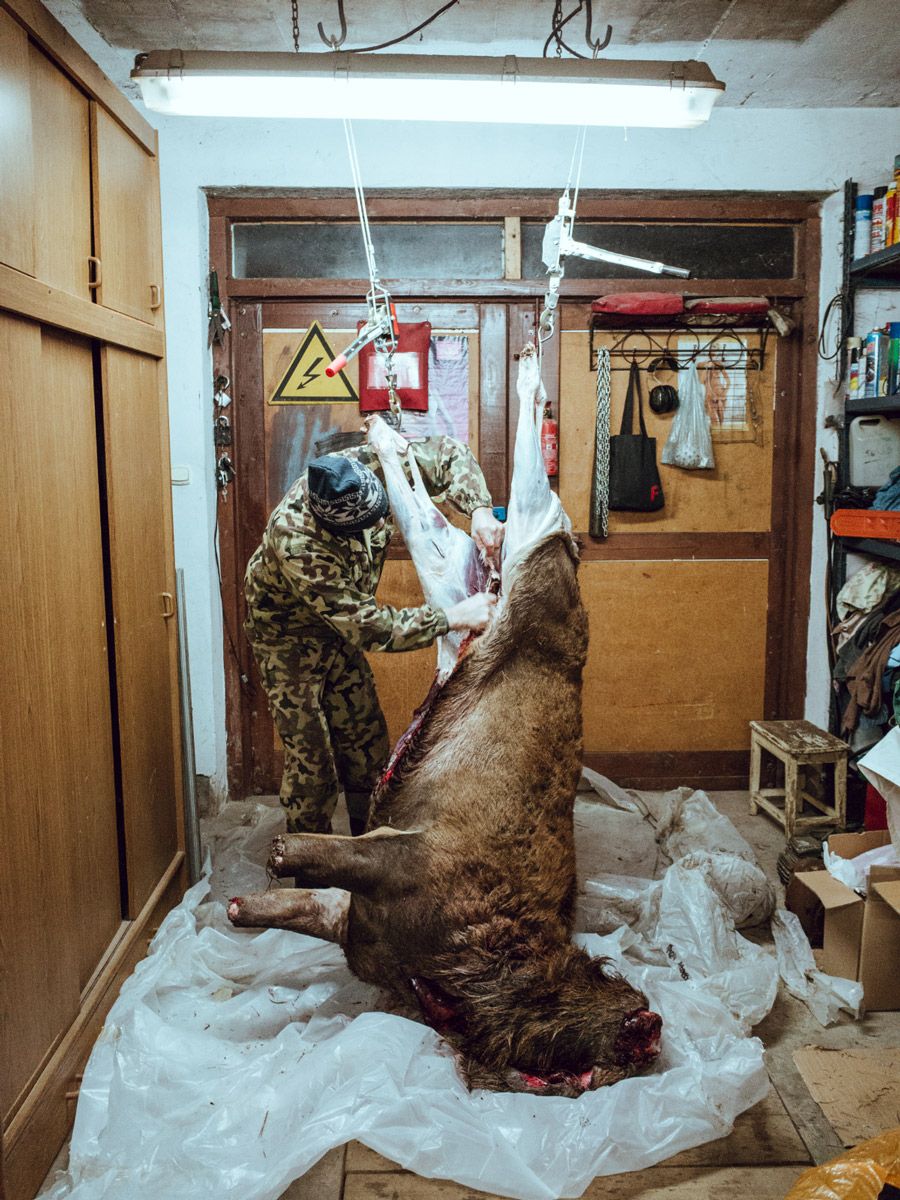
From the project Terminal ballistics @Kamil Śleszyński
The Bewitchments project tells how the events in the eastern borderlands of Poland from over 70 years ago affected my family. It’s about the exile of my great-grandfather by the Soviet NKVD to the Altai country. And about the intergenerational trauma that these events caused. The result of these considerations is the book “Bewitchments”, which I published this year.
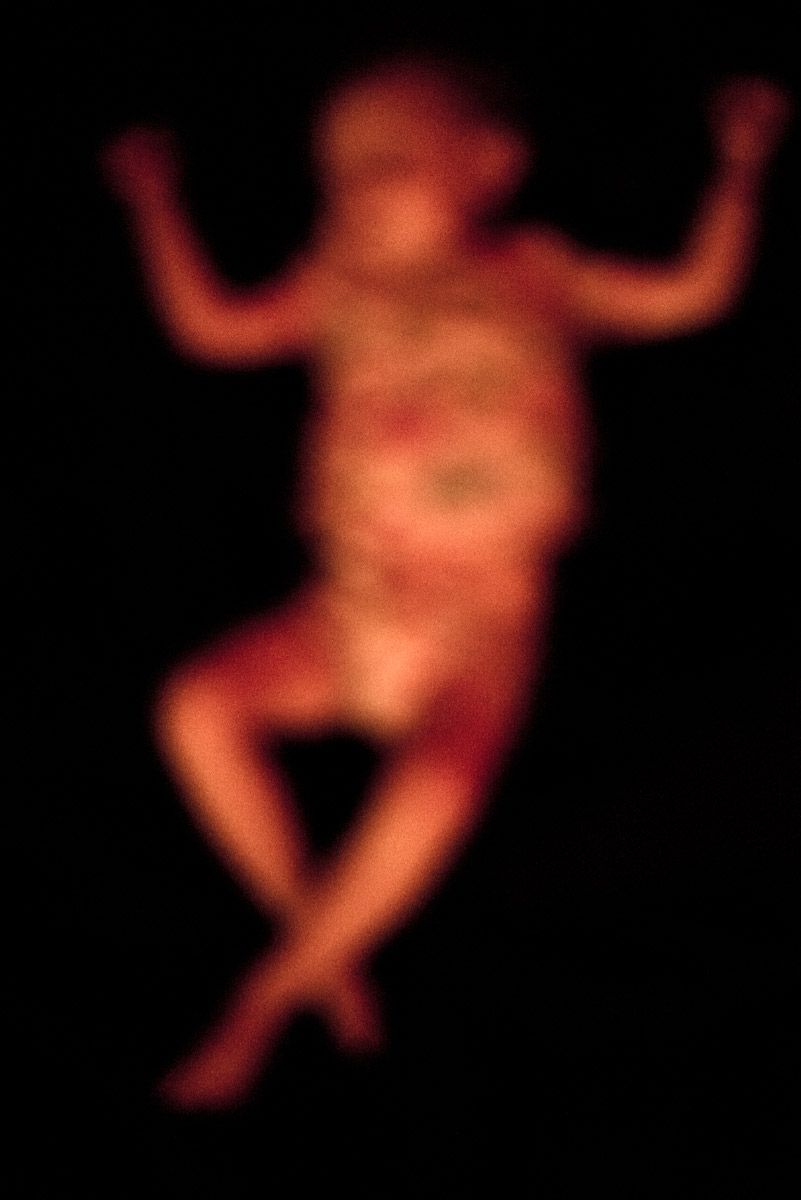
From the project Bewitchments @Kamil Śleszyński
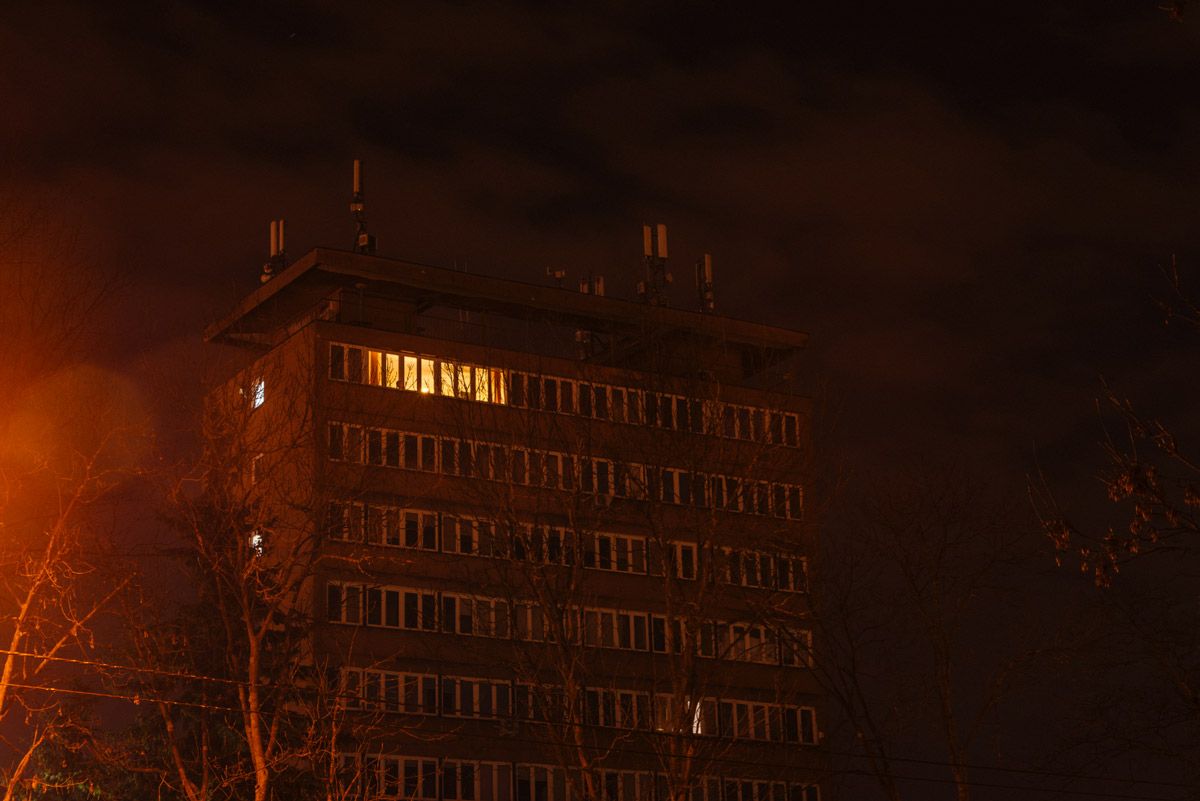
From the project Bewitchments @Kamil Śleszyński

From the project Bewitchments @Kamil Śleszyński
In recent years, I have dealt mainly with family topics. On the one hand, it was a way to work through problems, but also a way to spend time with loved ones.
The need to work on social documentary projects has recently become apparent. Thanks to my wife, who is a journalist, I met people with visual impairment. I decided to tell about them and their place in the modern world.
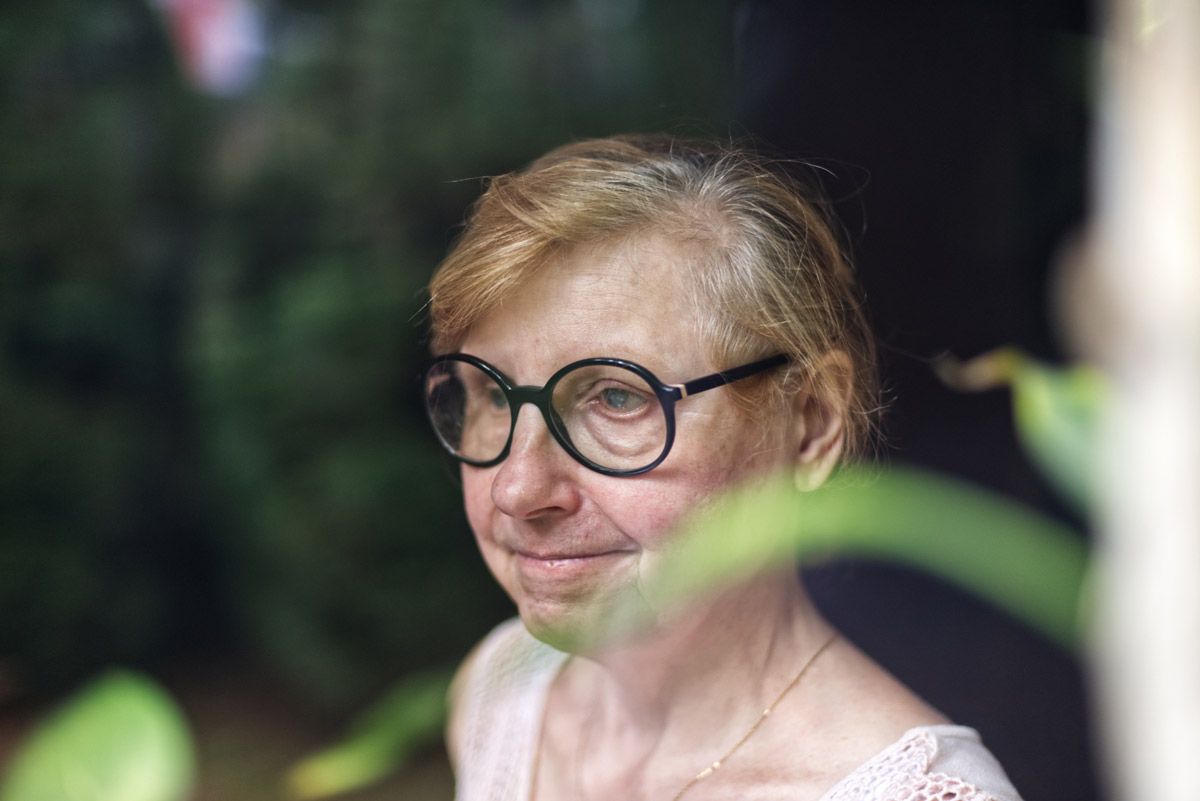
@Kamil Śleszyński
In this way I have come full circle in my photographic work. But, after many years, it is still difficult for me to say that I am a photographer. And yet I still take pictures because I can’t do anything else.
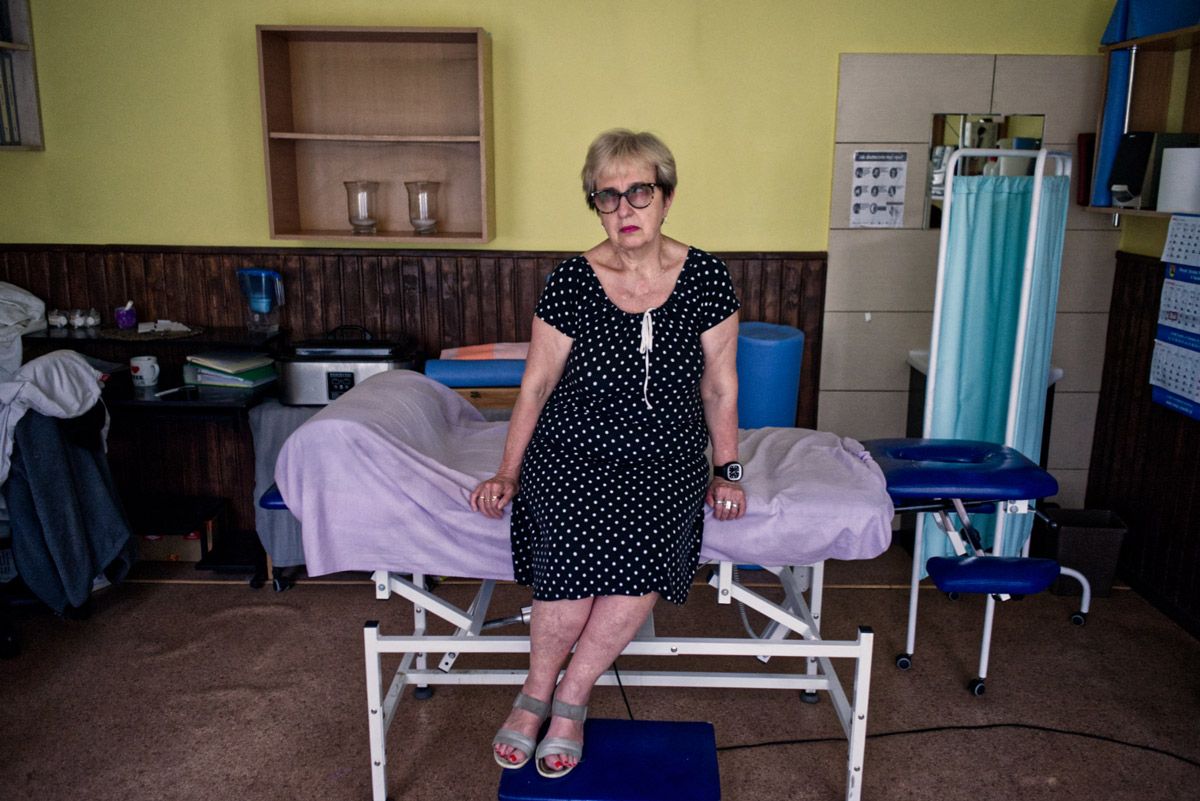
@Kamil Śleszyński
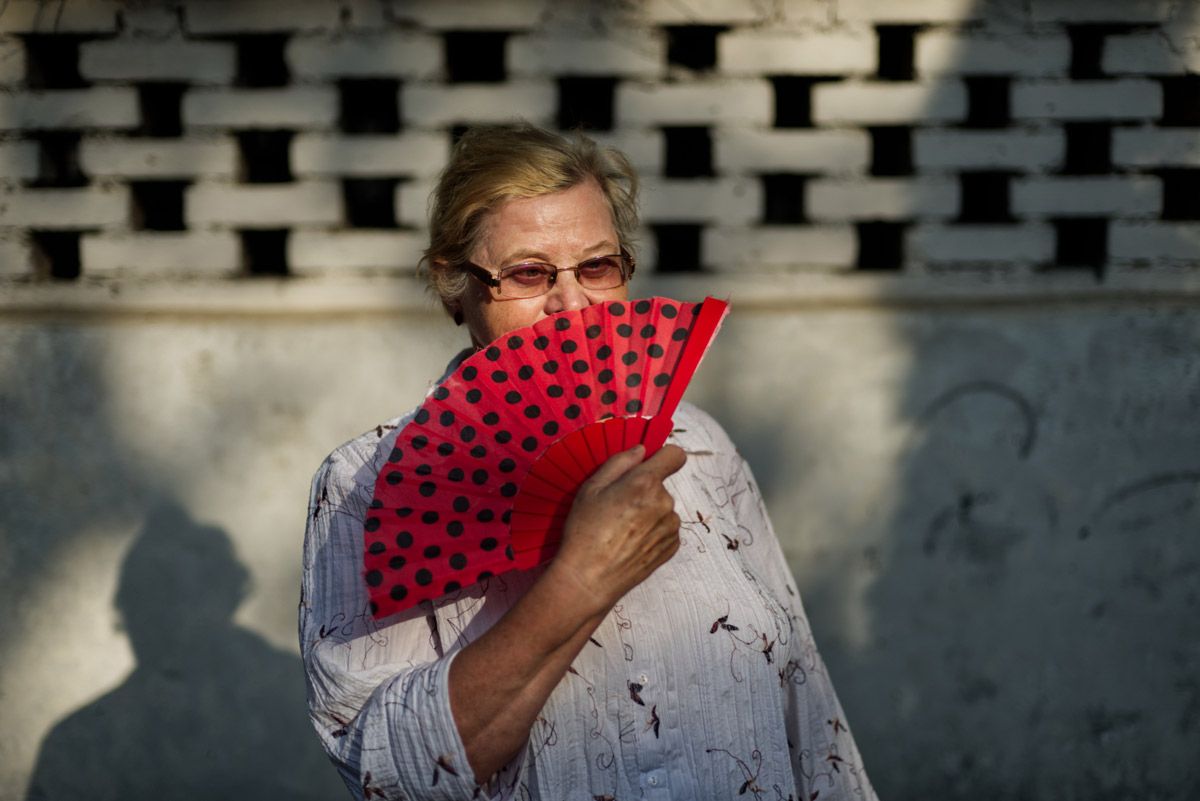
@Kamil Śleszyński
Events by Location
Post Categories
Tags
- Abstract
- Alternative process
- Architecture
- Artist Talk
- artistic residency
- Biennial
- Black and White
- Book Fair
- Car culture
- Charity
- Childhood
- Children
- Cities
- Collaboration
- Community
- Cyanotype
- Documentary
- Environment
- Event
- Exhibition
- Faith
- Family
- Fashion
- Festival
- Film Review
- Food
- Friendship
- FStop20th
- Gender
- Gun Culture
- Habitat
- Hom
- home
- journal
- Landscapes
- Lecture
- Love
- Masculinity
- Mental Health
- Migration
- Museums
- Music
- Nature
- Night
- nuclear
- p
- photographic residency
- Photomontage
- Plants
- Podcast
- Portraits
- Prairies
- Religion
- River
- Still Life
- Street Photography
- Tourism
- UFO
- Water
- Zine

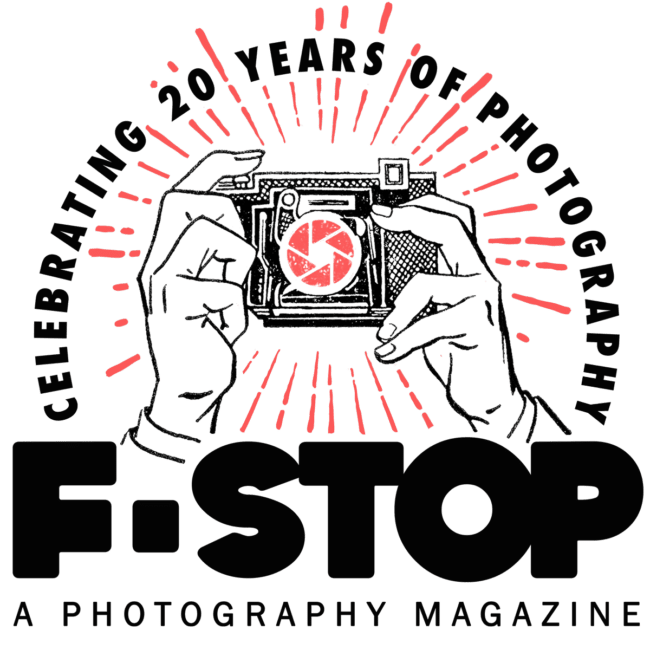
Leave a Reply